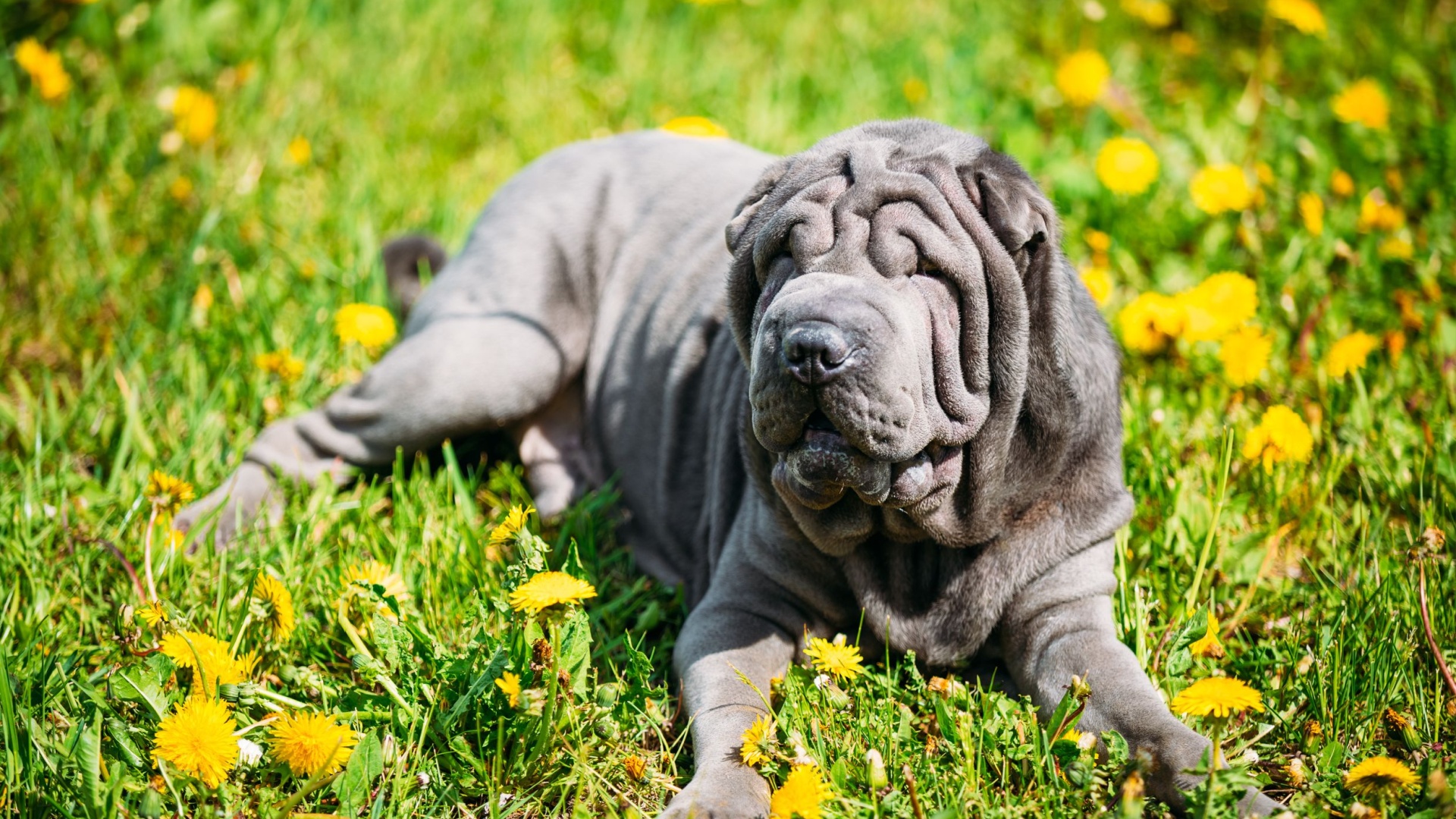Shar-Peis are one of those dogs whose appearance won’t leave you indifferent. Their wrinkly skin and folds with a broad hippopotamus muzzle make for a powerful look, but deep down, they’re sweethearts like no others.
Aside from their kind personalities, Chinese Shar-Pei colors are another thing to admire.
Chinese Shar-Pei colors marked as standard are allowed to join dog shows because they conform to the exact description of the breed. So let’s explore them together!
1. Apricot Dilute Shar-Pei
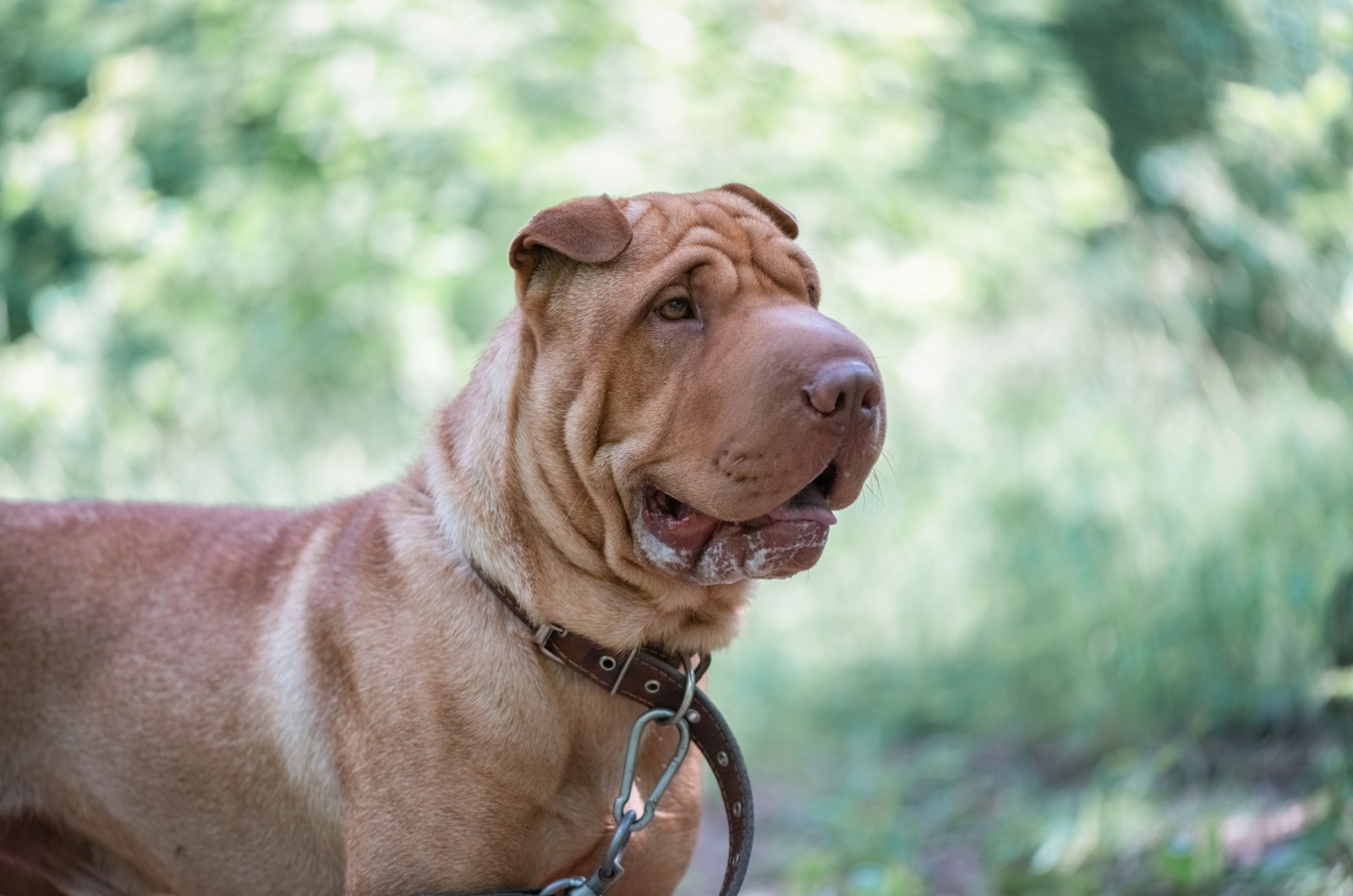
The apricot dilute Shar-Pei has a light orange or yellow coat similar to the inside of a ripe apricot.
This color variation is also described as dilute because instead of having black pigmentation on their nose, nails, and fur, they are self-colored or have pinkish points.
2. Black Shar-Pei
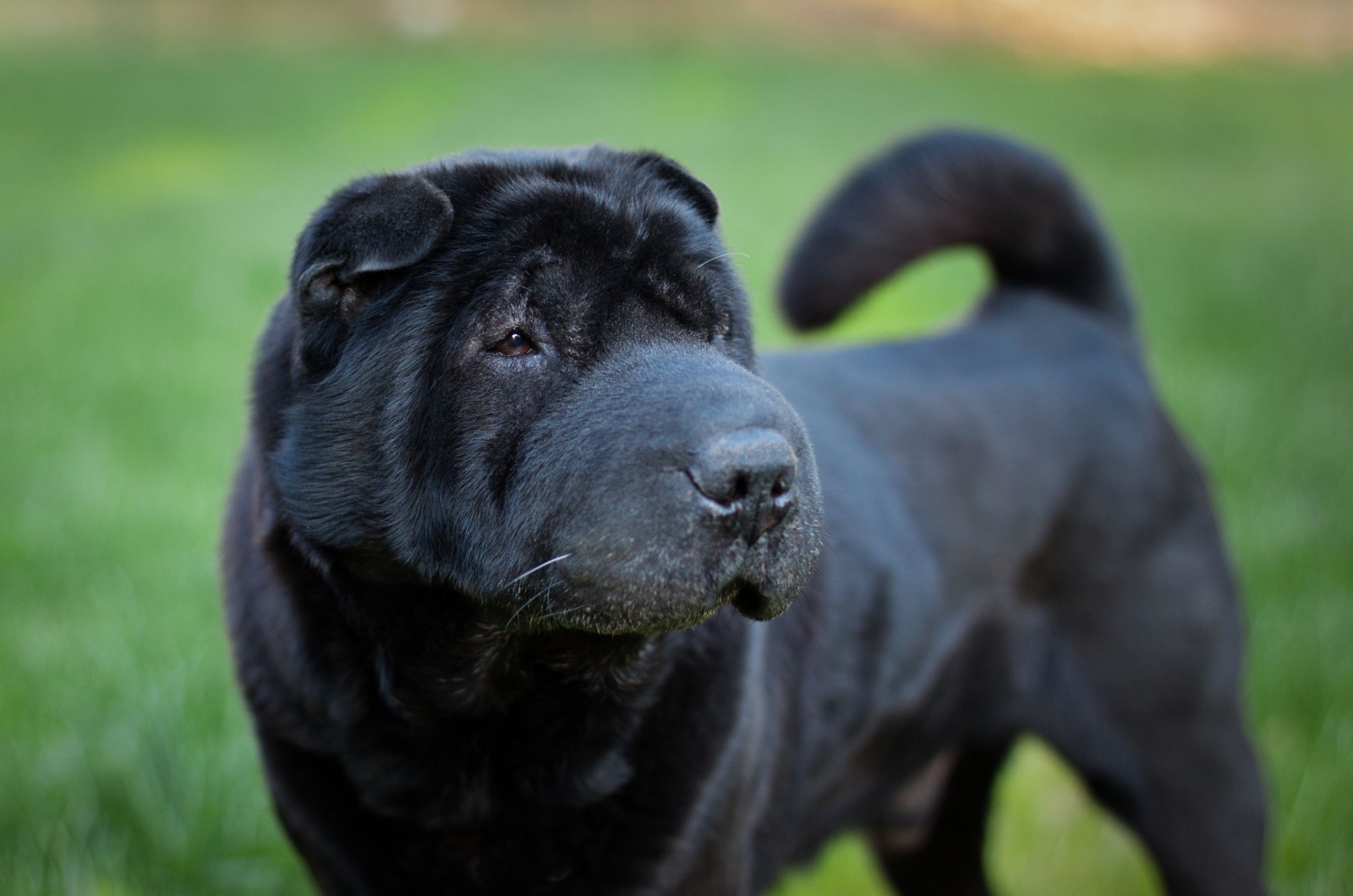
Black Shar-Peis have a solid black coat. It’s unusual for them to have white patches on their skin like other dog breeds have. This highlights their hippo-like traits, making them appear like a funny cross between a dog and an aquatic animal.
3. Black Sable Shar-Pei
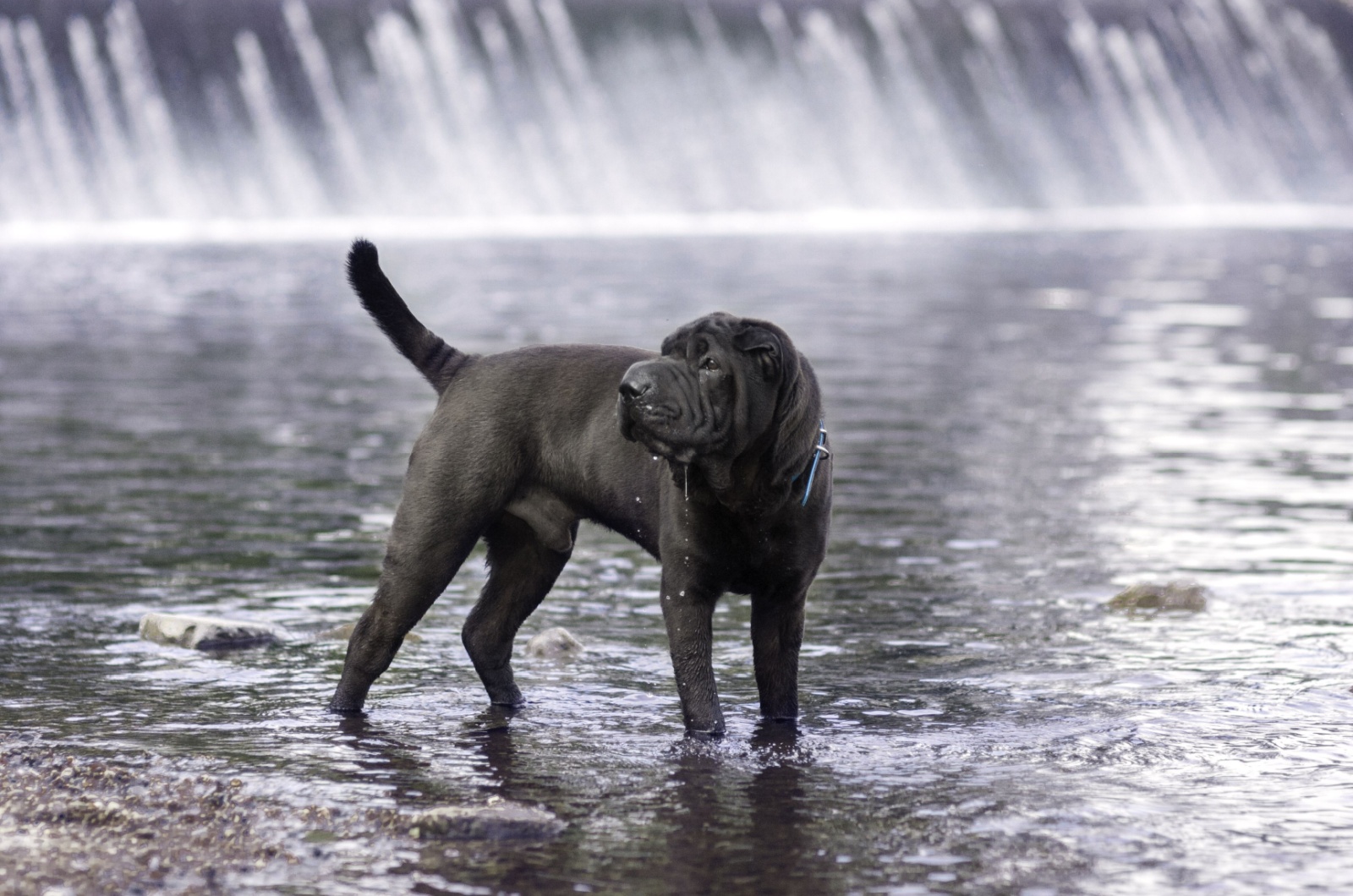
A black sable Shar-Pei has a light color base and a black-tipped coat. These dogs appear darker than other sable variations because of the number of toppings their coat has.
4. Blue Shar-Pei
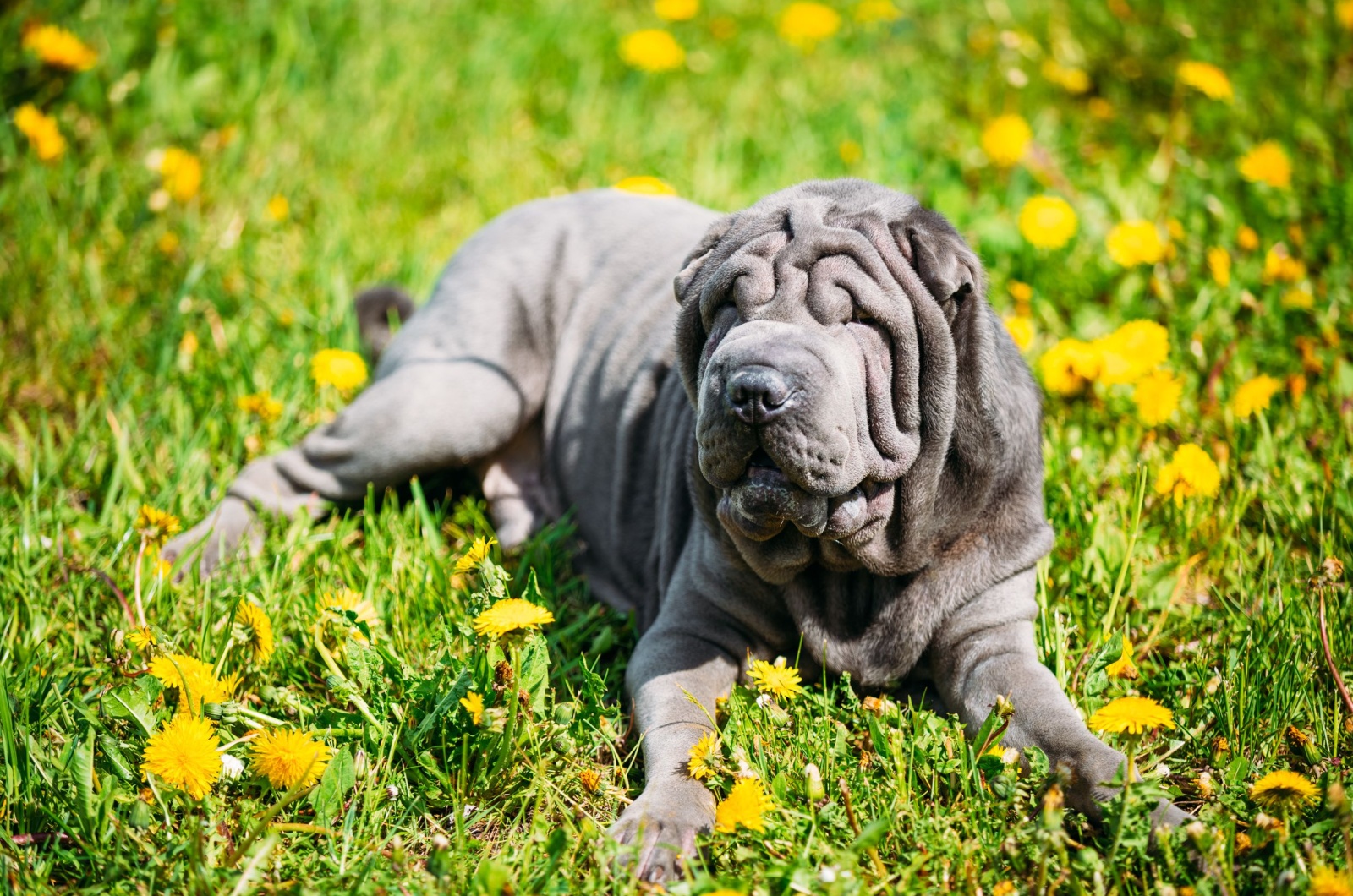
Blue Shar-Peis aren’t really blue – they’re more charcoal gray in color. Blue Shar-Pei dogs have dark pigmentations on their noses, nails, and some body parts, which sets them apart from the blue dilute Shar-Pei.
5. Blue Dilute Shar-Pei
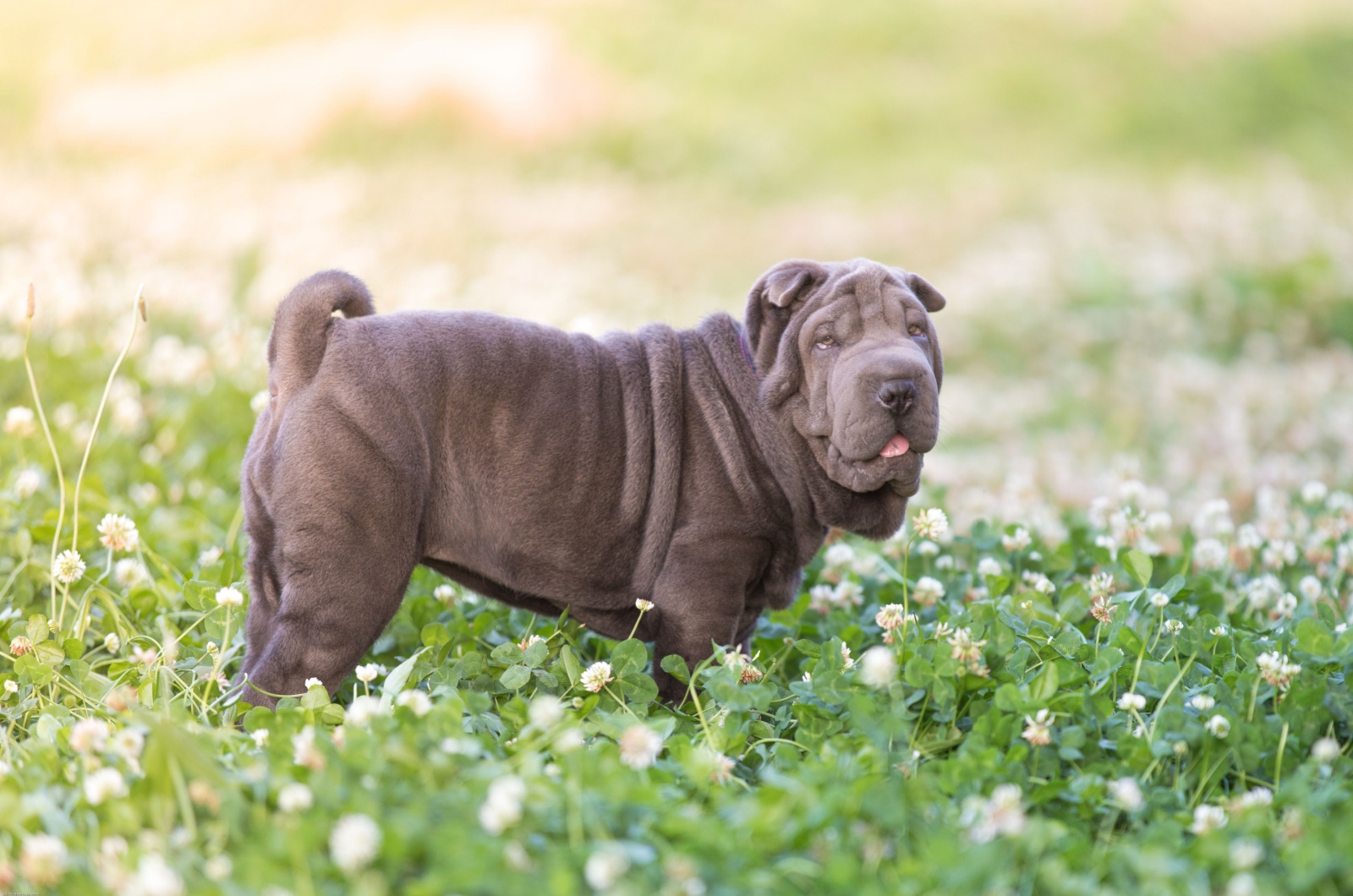
A blue dilute Shar-Pei sports a stunning charcoal gray coat. But, instead of having black or dark pigmentation on their body, they are self-colored. The nose and nails are a similar shade to their coat or have a pinkish tint because of the dilution gene.
6. Brown Shar-Pei
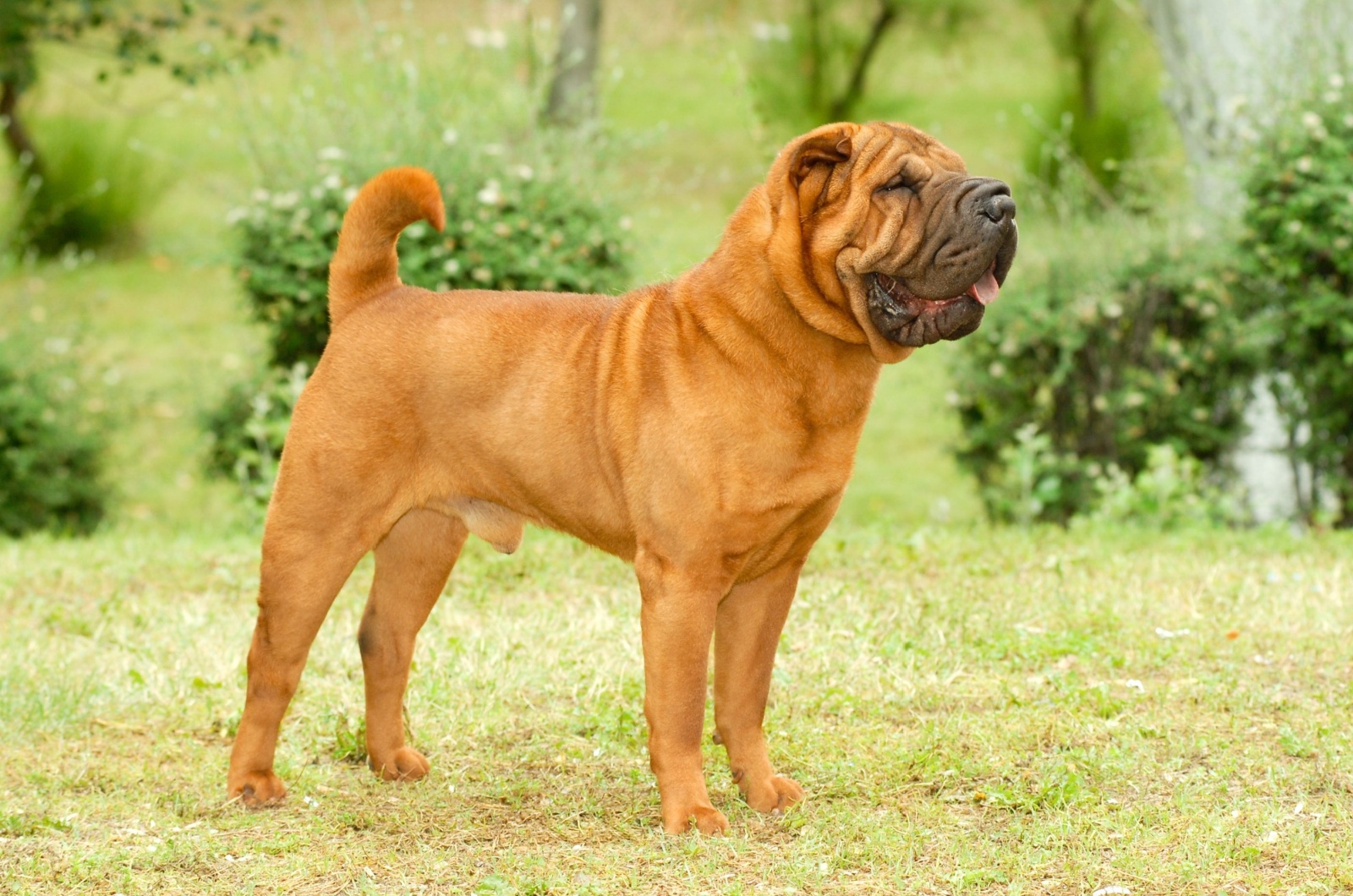
Brown Shar-Peis are brown because of the recessive gene that changes the black color of the eumelanin.
They’re not as dark as chocolate or liver Shar-Peis, but they still look stunning. Their noses, nails, and other body parts also have some black pigmentation.
7. Chocolate Dilute Shar-Pei
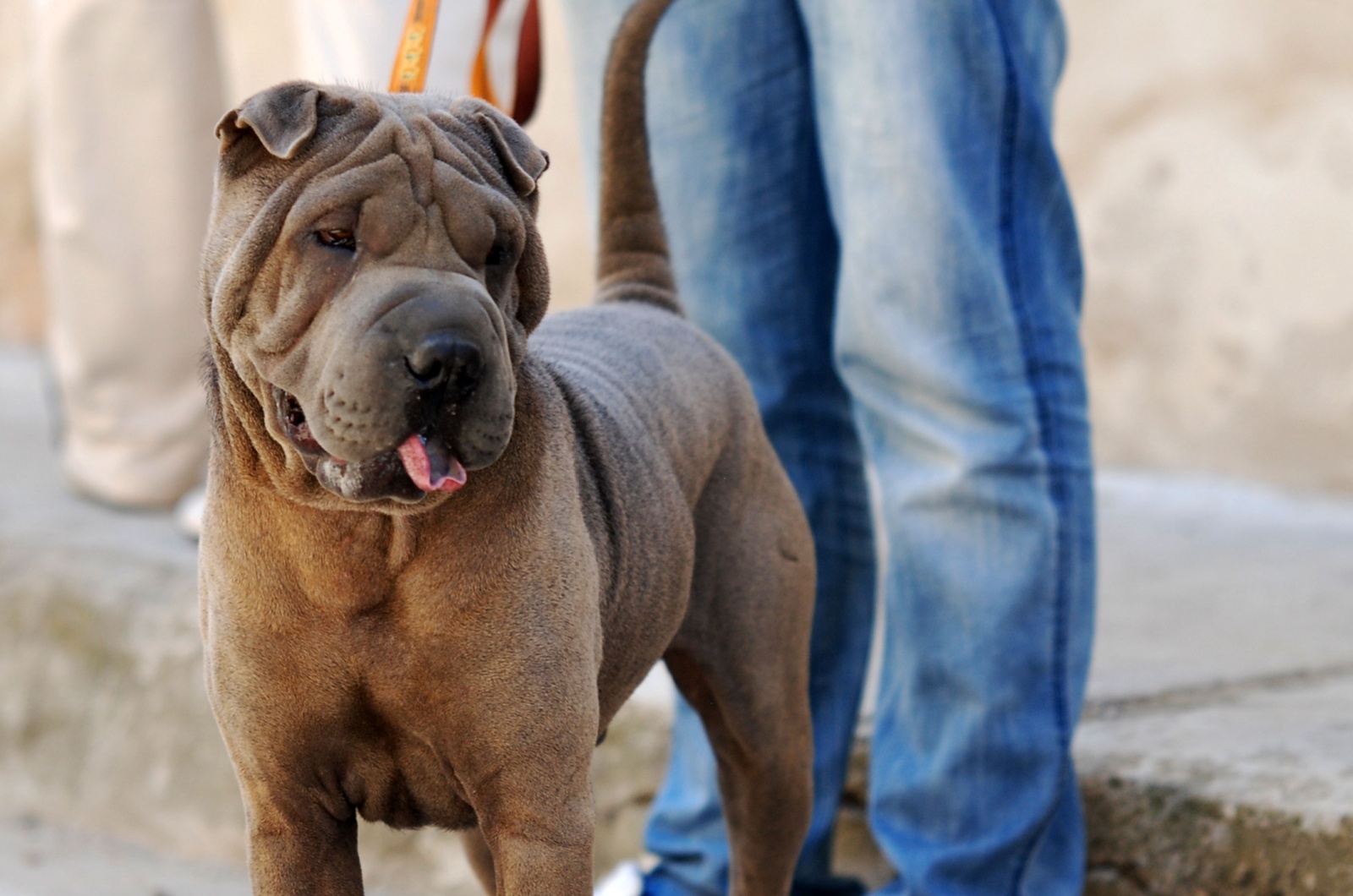
A chocolate dilute Shar-Pei resembles a teddy bear a lot. Because of specific genes that control pigment production on their coats, they are darker and richer in color than brown Shar-Peis.
These dogs are also self-colored, so you won’t see any dark marks or spots on their bodies.
8. Cream Shar-Pei
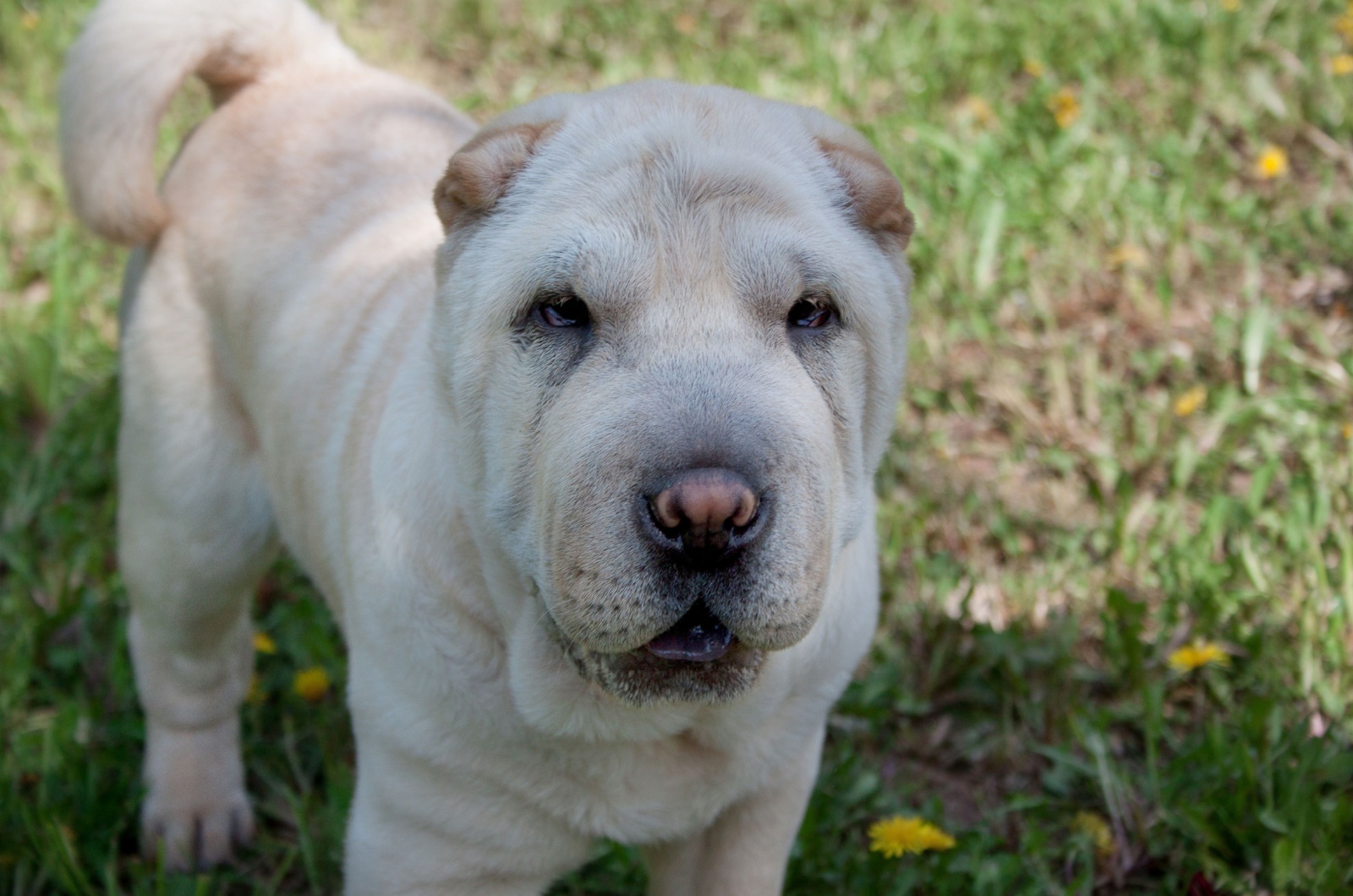
Cream Shar-Peis have a medium yellow coat, lowly saturated. They only have a bit more color than white Shar-Peis, so don’t mistake these two. A true cream Shar-Pei has black pigments on their body, so they’re not fully cream.
9. Cream Dilute Shar-Pei
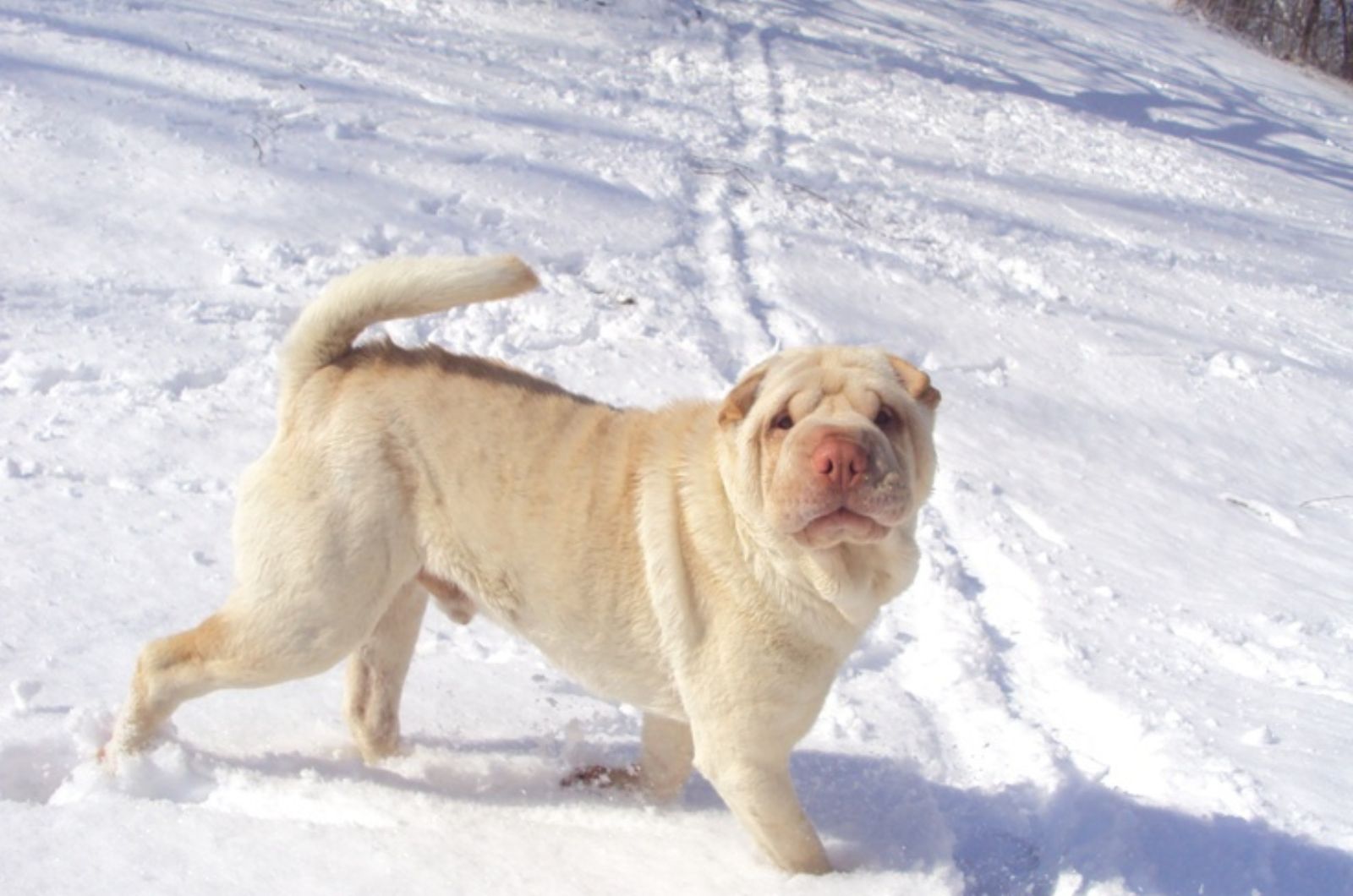
A cream dilute Shar-Pei also has a light, medium yellow coat. What they don’t have is the dark pigment on their body. Their noses and nails are usually pink in color.
10. Fawn Shar-Pei
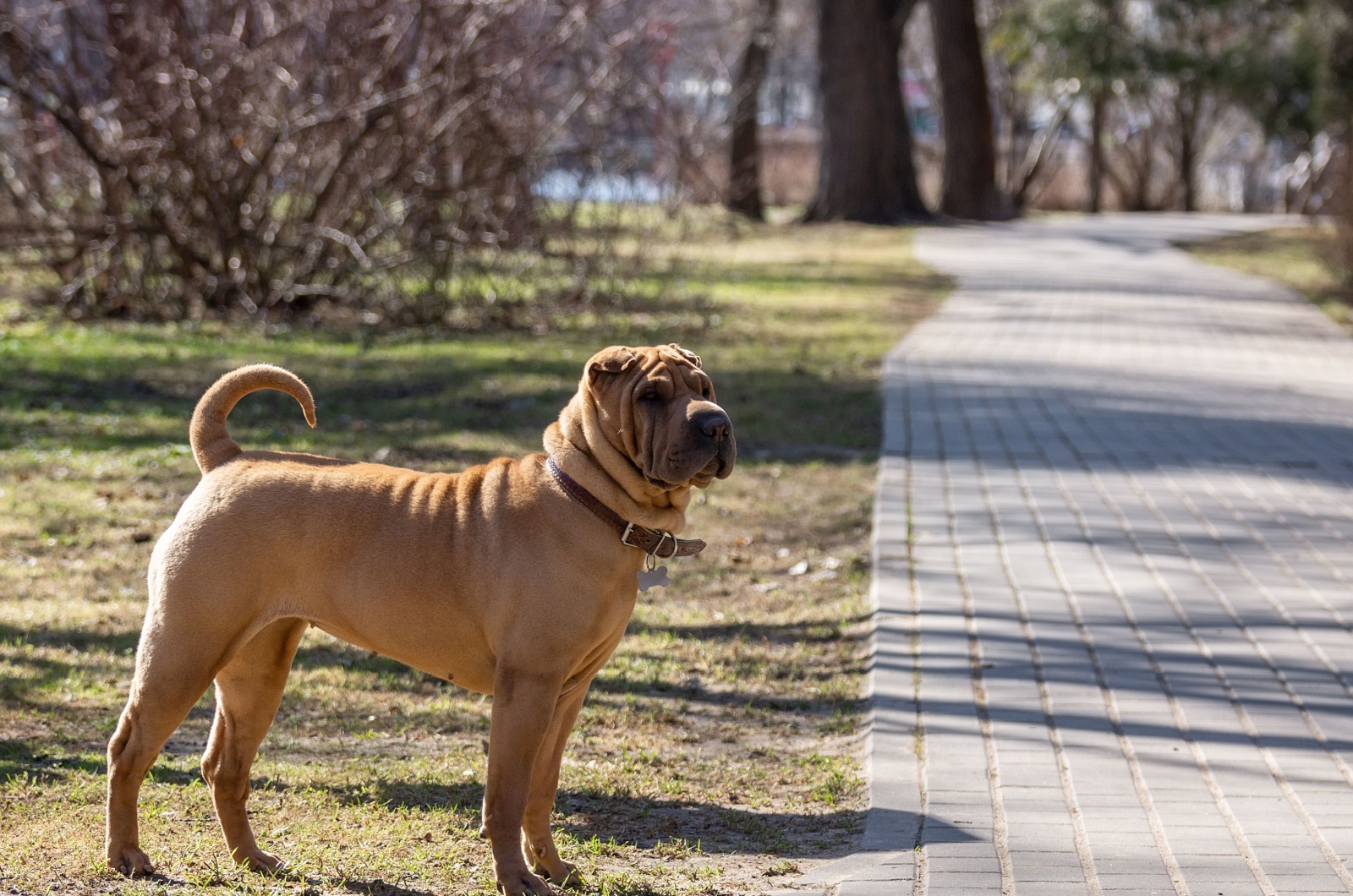
Fawn Shar-Peis are quite incredible with their medium red-yellow hue. Their noses and nails are heavily tinted in black, as well as their eye rims.
11. Five Point Red Dilute Shar-Pei
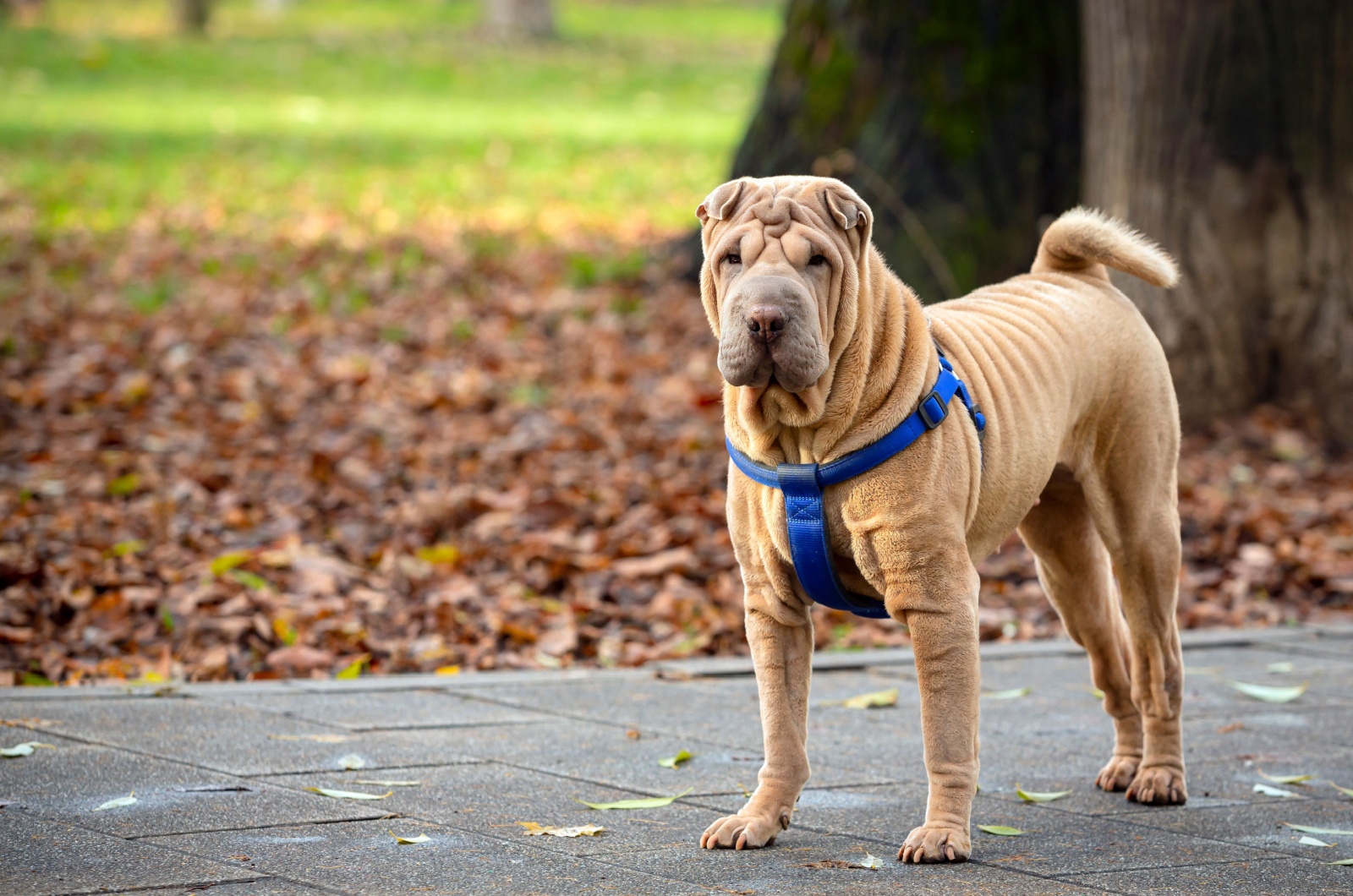
Chinese people believe five-point red Shar-Peis are lucky pets because they are thought to bring prosperity and growth. But, why are they called five-point red?
It’s because the area around the eyes, nose, tongue, paws, and anus are reddish in color. Their base coat is deep red fawn.
12. Isabella Dilute Shar-Pei
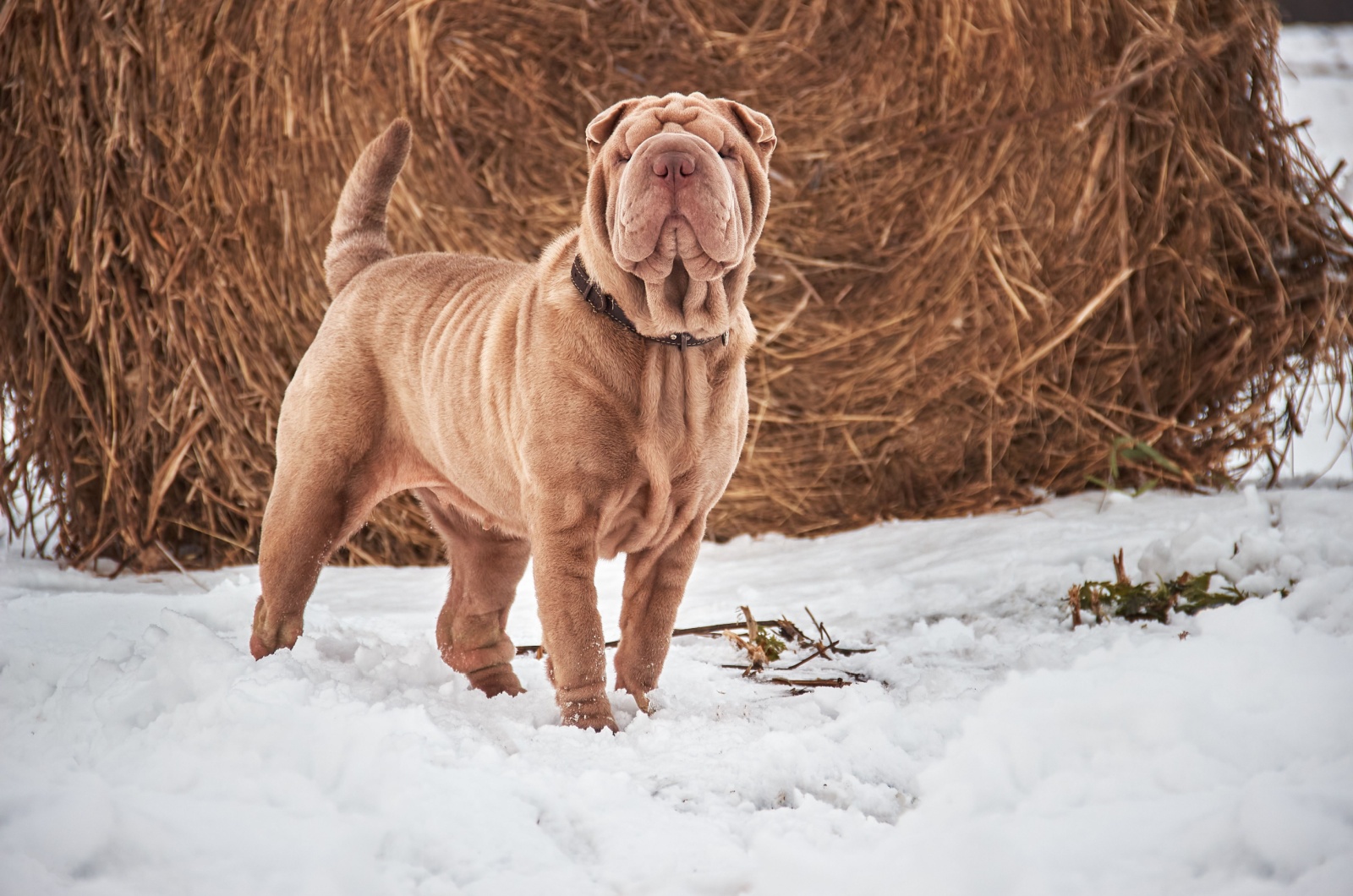
The AKC does use the term isabella to describe the color of this dog, but this is nothing but a dilute fawn Shar-Pei. These dogs don’t have any dark points on their bodies, and the nose and nails are usually pinkish or self-colored.
13. Lilac Dilute Shar-Pei
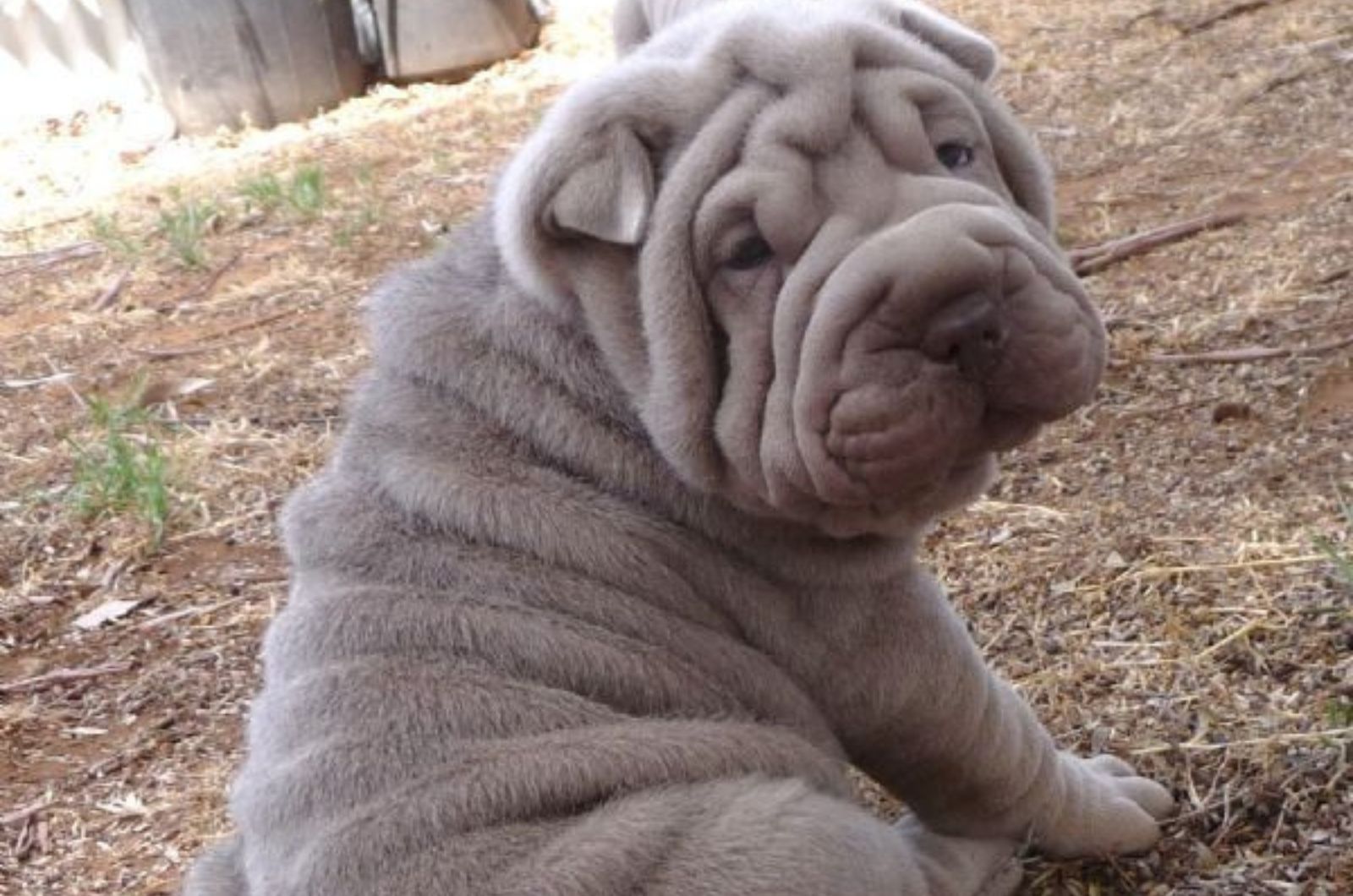
A lilac dilute Shar-Pei looks as if it has a coat that’s dusted with a tint of purple. This dog is actually twice diluted.
First, by the chocolate gene, and then by the blue gene. Since they’re dilute, you can expect them to have the nose, nails, and the area around the eyes self-colored or pinkish.

